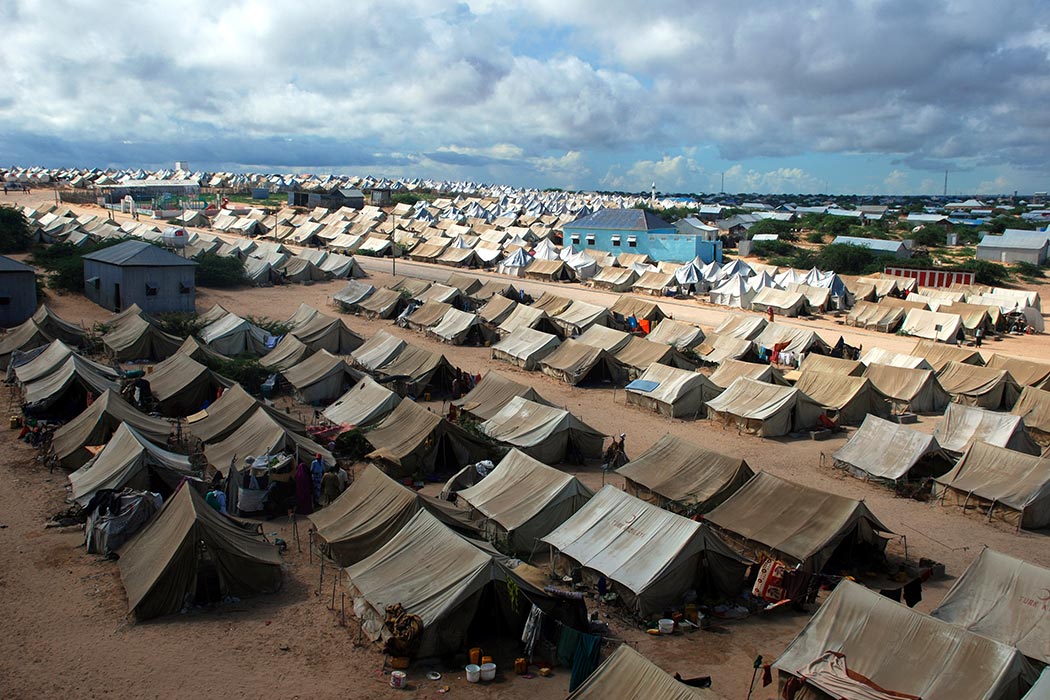When French authorities began clearing a refugee camp in Calais at the end of February, residents held sit-ins and resisted the demolition. The scene echoed many instances all over the world in which people without homes have built tent cities and then defended them in quasi-political movements.
In a 1991 paper, David Wagner and Marcia B. Cohen describe one example of the potential these demonstrations have for making significant changes in public policy and for the lives of the participants.
In 1987, two emergency homeless shelters in Portland, Maine, were closed by the city. An ad hoc organization called the Coalition for the Dignity of the Homeless and Poor responded by occupying City Hall. They also established “Tent City” in a nearby park. More than one hundred people lived in Tent City in a protest that continued for nearly a month. In a precursor of Occupy Wall Street, the participants organized security patrols, limited alcohol and drug use to avoid arrests, organized job and clothing banks, and held political forums.
Three years after the Tent City demonstration, Wagner and Cohen tracked down almost all of the participants and conducted interviews with 65 of them.
The researchers found that most of the Tent City demonstrators had found housing since the protest. They estimated that 71 percent had their own place to live, while only 15 percent were living on the street. The remainder were in a correctional or rehab facility or staying with family or friends. There were four or five “success stories”—like one former homeless person who went on to become a welder—but most of the participants experienced the more modest life improvement of gaining public assistance. While only one in 12 former demonstrators were receiving any government support in 1987, 70 percent were getting help through Social Security, veterans’ benefits, or other programs three years later.
Many of Wagner and Cohen’s interviewees said Tent City changed their lives. One woman described a catch-22 in which she was told she couldn’t get welfare benefits because her child had been taken away, but couldn’t get her child back because she had no income or housing. After she and other Tent City participants went to the city welfare office as a group, they were suddenly deemed eligible for assistance. In fact, in a July 1987 memo, city officials told social service personnel to approve all protesters for immediate relief.
The protest ended with the city agreeing to open several year-round shelters, waive some restrictions on welfare, and create seats for the homeless on city boards. Homeless participants in Tent City also went on to organize grievance committees, bringing the concerns of homeless city residents to local officials.
For some participants, Tent City also marked a personal turning point. Some gained social connections and skills. Others overcame debilitating shame. One 21-year-old woman said that becoming a leader within the protest movement and participating in negotiations with the city helped her address an alcohol addiction. “I wasn’t drunk at Tent City because, you know, I had something to do,” she said.







